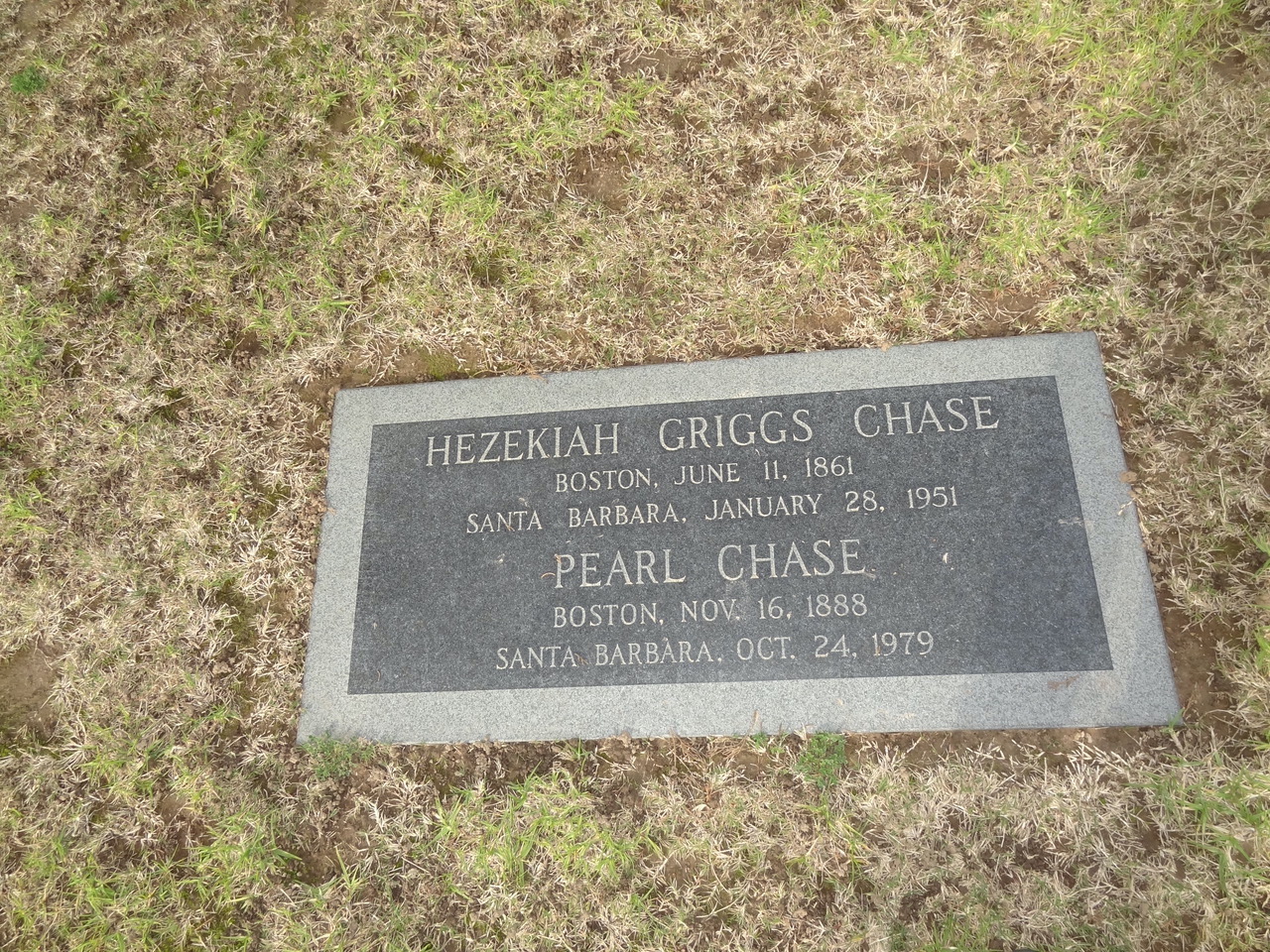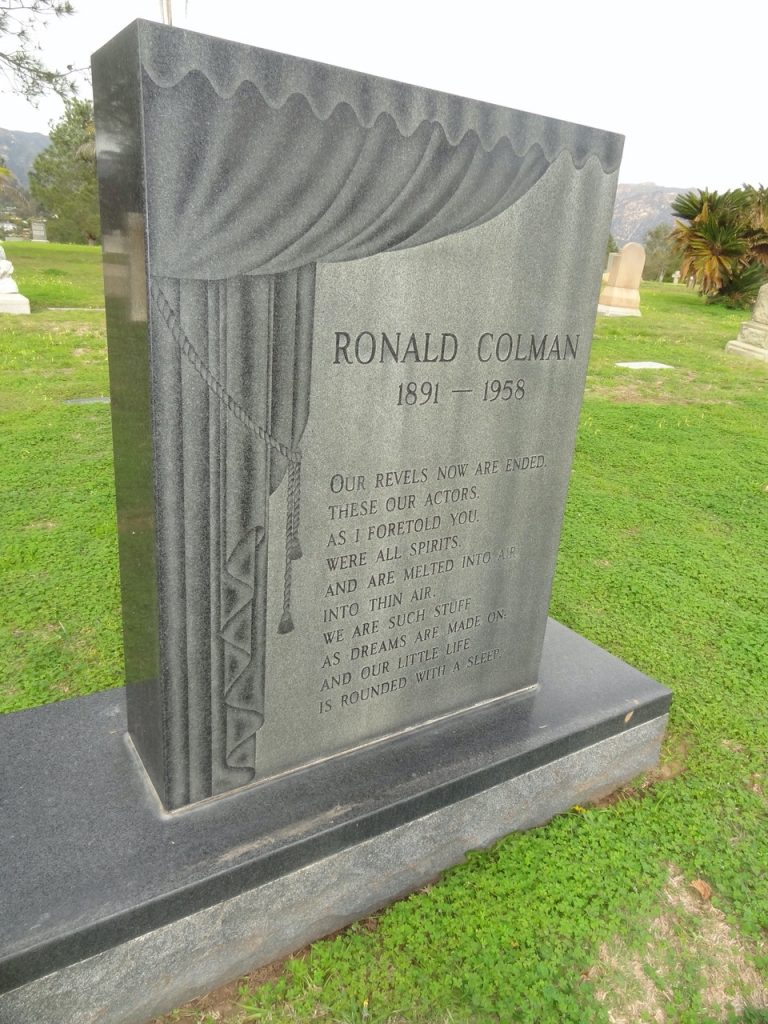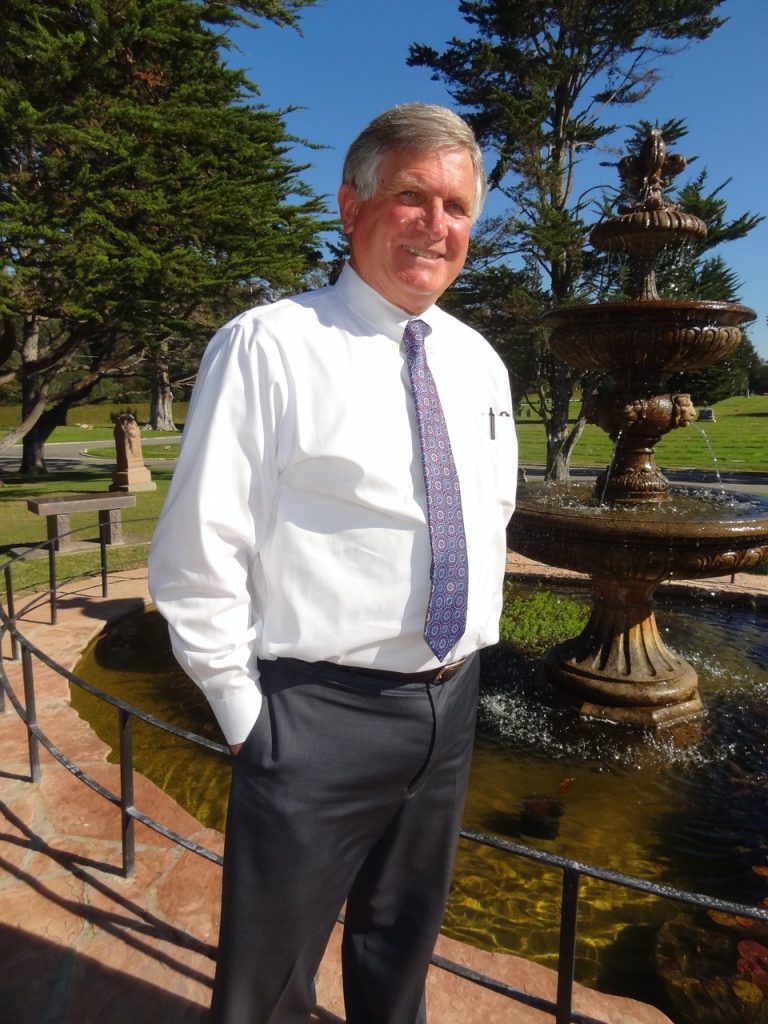The Best Last Place Part 2 of 2

George Washington Smith was the architect of the Santa Barbara chapel along with Lutah Maria Riggs. It was one of his few public buildings along with the Lobero, the Little Town Club, and the News-Press building (Daily News) because he usually built homes or businesses. The concrete chapel dome is Tunisian and wasn’t painted or tiled until a friend of Smith’s, Henry Eichheim, had it tiled and dedicated to his wife. Both George Washington Smith and his wife are buried at the altar and just underneath them is Lutah. They treated her like a daughter.

There was a huge controversy over the contemporary murals that Alfredo Ramos Martinez painted inside the chapel. He was the most influential of Mexican artists and was friends of Picasso, Monet, and Manet when he was in France for 14 years. He was a renowned teacher of art. Henry Eichheim and Mary Greenough (Smith’s wife) had seen Martinez’s work and commissioned him to do the murals in the Chapel. A number of people hated the murals, including some board members, but many others loved them.
The murals tell a story. From the domed chancel the face of Christ looks down between upraised hands. His face is knotted in suffering and knowledge. In the four sconces below him, angels hover, blond, lithe, serene. But across from the face of Christ, seen only from the inside of the chancel, are the penitents grieving his death. As one leaves though, directly above the exit, Martinez placed the risen Christ. Within the architecture of the chapel Martinez reenacted the allegory of Christ from crucifixion to resurrection. Many think these murals are one of “the noblest and most impressive creations of its kind in or out of this country.” The murals took the artist more than a year to complete. His wife and daughter came with him daily while he worked. He was very devout and would sometimes pray for an hour before beginning that day’s work. These murals are unique in the whole world – luckily the critics lost out – and the work is still there. The chapel is usually open to the public. See what you think.
Another headline I liked in David Petry’s book was “American Troops Attack the Cemetery!” In March of 1942 the United States Army invaded the Santa Barbara Cemetery. They knocked the gate down and all the heavy equipment was headed up the hill. Imagine the cemetery manager’s shock when he saw the gates had been cut and were thrown wide open. A military encampment of tents was being erected and the soldiers were building campfires on the southwestern end of the bluffs.

The manager went to the commanding officer, second Lieutenant Perren, and asked, “Who gave you permission to come in here and set up camp? This is a private corporation.” The Lieutenant replied as though in a movie, “Don’t you know there’s a war on?” Manager Bryant responded, “Well yes, but I didn’t know we were the enemy.” The officer didn’t laugh but the soldiers did. Bryant took his case to a captain stationed nearby. He agreed it was not proper and went to the camp giving a dressing down to the officer in charge, but nothing was done. The camp remained for the next two years with 150 to 200 men stationed in the cemetery. Bryant installed a gate for them along the eastern perimeter to keep vehicles off the cemetery roads. The cemetery got stuck paying for the expenses.
Celebrities have flocked here for many years. These are just a few names of famous folk buried in the Santa Barbara Cemetery: Shah of Iran’s sister Princess Shams Pahlavi; Pierpont Morgan Hamilton; Sambo’s Sam Battistone; Frederick Peabody, who built Peabody stadium; landscaper Ralph Kinton Stevens, who owned Lotusland, and his son Ralph Tallent Stevens; Fess Parker, who has a small coonskin cap engraved on his stone; W. W. Hollister; Isaac Sparks, who died in 1867 and had the first tombstone in the new cemetery; William Becker, who founded Motel 6; Dwight Murphy, who saved the palomino horse; actor Ronald Colman, who owned the San Ysidro Ranch; James Osborne Craig, who was the architect of El Paseo; Pearl Chase and her father and brother, who developed Hope Ranch; Herb Peterson, who invented the Egg McMuffin and has the golden arches engraved on his stone; Thomas More Storke, who owned the local newspaper; John Peck Stearns, who built the wharf; Dr. Samuel Bevier Brinkerhoff; Dr. Sansum, who was first in the United States to develop insulin for diabetes; and the list goes on.
Through the years, there have been several cemetery managers plus the always-present board, but many kudos go to the current one who has held the job for over 30 years, Randy Thwing. Besides business as usual, he brought the cemetery into the digital age – a huge task. We are way ahead of larger facilities and Randy also keeps focused on the eroding bluffs, water issues, and the myriad details of running a cemetery. Some have thought of this cemetery as “a place of rest so attractive that people will want to come here to die.” There’s a wonderful ceremony on all military holidays complete with a choir, color guard, speeches, and a thrilling flyover.
This cemetery is truly the “Best Last Place.”







